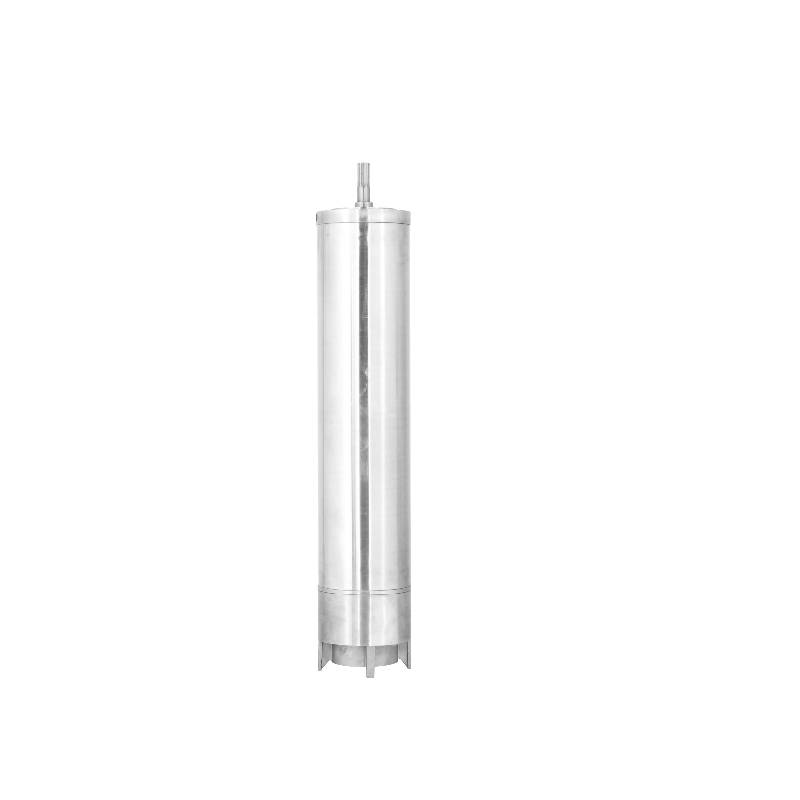Nov . 13, 2024 16:06 Back to list
deep well pump cost
Understanding Deep Well Pump Costs Factors and Considerations
Deep well pumps are essential tools for extracting groundwater from significant depths. These pumps are widely used in residential, agricultural, and industrial applications, particularly in areas where surface water is scarce. However, one of the primary concerns for users is the cost associated with purchasing and maintaining these pumps. This article will explore the various factors that contribute to deep well pump costs, helping potential buyers make informed decisions.
Initial Purchase Cost
The primary cost to consider when investing in a deep well pump is its initial purchase price
. This price can vary significantly based on several factors1. Type of Pump There are different types of deep well pumps, including submersible pumps and vertical turbine pumps. Submersible pumps are typically installed underwater and are known for their efficiency, while vertical turbine pumps are used for deeper wells and can handle larger volumes of water. The technology and materials used in these pumps can affect their cost significantly.
2. Capacity and Power Requirements The capacity of the pump, often measured in gallons per minute (GPM), plays a crucial role in determining its price. Higher capacity pumps are generally more expensive due to the increased materials and engineering required. Additionally, the power requirements, typically indicated in horsepower (HP), can influence costs, with higher HP ratings generally leading to higher prices.
3. Brand and Manufacturing Quality The manufacturer of the pump can also impact cost. Established brands with a reputation for quality, reliability, and performance may charge more for their products. Investing in a well-known brand can sometimes save costs in the long run by reducing maintenance and replacement needs.
Installation Costs
Beyond the initial purchase of the pump, installation costs are another significant factor. Installing a deep well pump can be complex and often requires professional services. The following aspects should be considered
deep well pump cost

1. Well Depth and Condition The depth of the well and its condition can affect installation costs. Deeper wells require more sophisticated equipment and additional labor, which can escalate expenses. Moreover, if the well is old or in disrepair, additional work may be needed to ensure it is suitable for the pump.
2. Labor Costs The expenses associated with hiring professionals for installation vary by region. In some areas, labor costs may be substantially higher due to demand and availability of skilled workers. Always obtain multiple quotes to ensure a fair price.
Maintenance and Operating Expenses
Ongoing costs associated with deep well pumps are crucial for long-term financial planning. These may include
1. Routine Maintenance Regular maintenance is essential to ensure the longevity and efficiency of the pump. This can include checking and replacing worn parts, inspecting electrical connections, and ensuring that the pump remains free of debris. Maintenance costs can vary based on the complexity of the pump and the service provider.
2. Energy Consumption The operational cost of running a deep well pump will depend on its energy efficiency and the local cost of electricity. Users may want to consider energy-efficient models to reduce their long-term costs.
3. Potential Repairs and Upgrades Over time, pumps may require repairs or even replacements due to wear and tear. Setting aside a budget for unexpected repairs can help manage these potential costs.
Conclusion
In conclusion, understanding the costs associated with deep well pumps involves more than just the initial purchase price. Potential buyers must consider installation expenses, maintenance, and ongoing operational costs as part of their budgeting processes. By considering all of these factors, you can make an informed decision that aligns with your needs and budget, ensuring efficient and reliable access to groundwater for years to come.
-
Submersible Water Pump: The Efficient 'Power Pioneer' of the Underwater World
NewsJul.01,2025
-
Submersible Pond Pump: The Hidden Guardian of Water Landscape Ecology
NewsJul.01,2025
-
Stainless Well Pump: A Reliable and Durable Pumping Main Force
NewsJul.01,2025
-
Stainless Steel Submersible Pump: An Efficient and Versatile Tool for Underwater Operations
NewsJul.01,2025
-
Deep Well Submersible Pump: An Efficient 'Sucker' of Groundwater Sources
NewsJul.01,2025
-
Deep Water Well Pump: An Efficient 'Sucker' of Groundwater Sources
NewsJul.01,2025
-
 Submersible Water Pump: The Efficient 'Power Pioneer' of the Underwater WorldIn the field of hydraulic equipment, the Submersible Water Pump has become the core equipment for underwater operations and water resource transportation due to its unique design and excellent performance.Detail
Submersible Water Pump: The Efficient 'Power Pioneer' of the Underwater WorldIn the field of hydraulic equipment, the Submersible Water Pump has become the core equipment for underwater operations and water resource transportation due to its unique design and excellent performance.Detail -
 Submersible Pond Pump: The Hidden Guardian of Water Landscape EcologyIn courtyard landscapes, ecological ponds, and even small-scale water conservancy projects, there is a silent yet indispensable equipment - the Submersible Pond Pump.Detail
Submersible Pond Pump: The Hidden Guardian of Water Landscape EcologyIn courtyard landscapes, ecological ponds, and even small-scale water conservancy projects, there is a silent yet indispensable equipment - the Submersible Pond Pump.Detail -
 Stainless Well Pump: A Reliable and Durable Pumping Main ForceIn the field of water resource transportation, Stainless Well Pump has become the core equipment for various pumping scenarios with its excellent performance and reliable quality.Detail
Stainless Well Pump: A Reliable and Durable Pumping Main ForceIn the field of water resource transportation, Stainless Well Pump has become the core equipment for various pumping scenarios with its excellent performance and reliable quality.Detail
